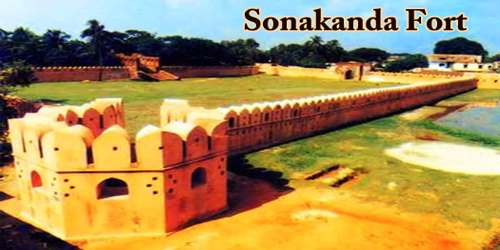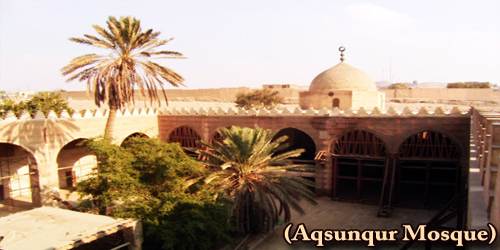Bangladesh is a unique and beautiful, yet largely undiscovered area for the tourists to explore. The Sonakanda Fort (Bengali: সোনাকান্দা দুর্গ) with a unique history is one of the prominent river forts of East Bengal and together with its beautiful architecture presents one of the most interesting historical tourist spots in today’s Bangladesh. It is a Mughal river-fort located on the eastern bank of the Shitalakshya at Bandar, almost opposite Hajiganj fort in Narayanganj district, Bangladesh. A group of river forts, erected by the Mughals, guarded the water routes to Dhaka and other places of strategic importance and the Sonakanda Fort is one of them. Though the time of its establishment could not be ascertained, historians believe that the river fort was built by Mir Jumla II, a Subahdar of Bengal under the Mughal Empire, to defend Dhaka and Narayanganj from pirates. It is believed that this fort existed in its earliest form in the era of the partially mythical Gangaridi Kingdom mentioned in The Mahabharata. The first mud walls have seen around the fort date back to the 2nd century AD. This fort was built at a very strategic position on the river networks of East Bengal, and its position was historically important not only for the purpose of protecting the ancient cities of Sonargaon, Dacca, and Narayanganj but also keeping pirates at bay in the heartland of Bengal.
The fort, under the protection of the Department of Archaeology and Museums, has been restored and repaired several times. The defensive walls and the massive artillery platform are still in existence. It is quadrangular in plan, measuring 86.56mD757.0m and surrounded by a 1.06m thick brick-wall, 3.05m in height, with inner and intermediate bastions. The wall is built solid at the bottom. There is a circular artillery platform with a staircase on the west side, which leads up to the raised artillery platform to be entered by a five-foil arched gateway. The artillery platform, meant for a big caliber cannon aiming at the attackers coming up the river, is a new feature of the Mughal river forts in Bengal. Though archaeologists cannot trace any evidence on its date of establishment, according to historians the construction of the fort started between 1660 and 1663 AD. The fort has two main parts. One is a fortified defensive wall of gigantic dimensions. The defensive walls are 3.05 meters in height and thicker at the bottom. Several wide and narrow loopholes allowed guns and light cannons to fire shells at the pirates. The other one is a raised outwork on the western face to defend the fort from the attack of the pirates. The platform is surrounded by two circular structures of which the diameter of the inner one is 15.70 meters and the diameter of the outer one is 19.35 meters. The structure is 6.09 meters in height and surrounded by walls. The fort is quadrangular in plan, measuring 86.56 by 57.0 meters. There are octagonal bastions on the four corners of the fort. The corner bastions on both sides of the western wing are wider than those of the eastern wing, which are 4.26 meters, while the two on the western wing are 6.85 meters in width. The only gate of the fort is on the north. The arched entrance is placed within a rectangular frame. The gateway is higher than the average height of the walls of the fort and decorated with several groomed panels.
Today, the Sonakanda fort, with almost intact Mughal-era constructions and examples of pre-Mughal architecture, gives a clear idea of amalgamation of different forms of Hindu and Islamic fortification styles. It is a unique historical site, offering tourists an understanding of the structure of a river fort in a predominantly aquatic region of the Indian subcontinent. The fort premises are open 24 hours and the entry is free. However, it is recommended that visits to the fort should be made between 8 am and 6 pm, as in that timeframe local guides offer visitors interesting tours around the fort and the surrounding countryside.
















